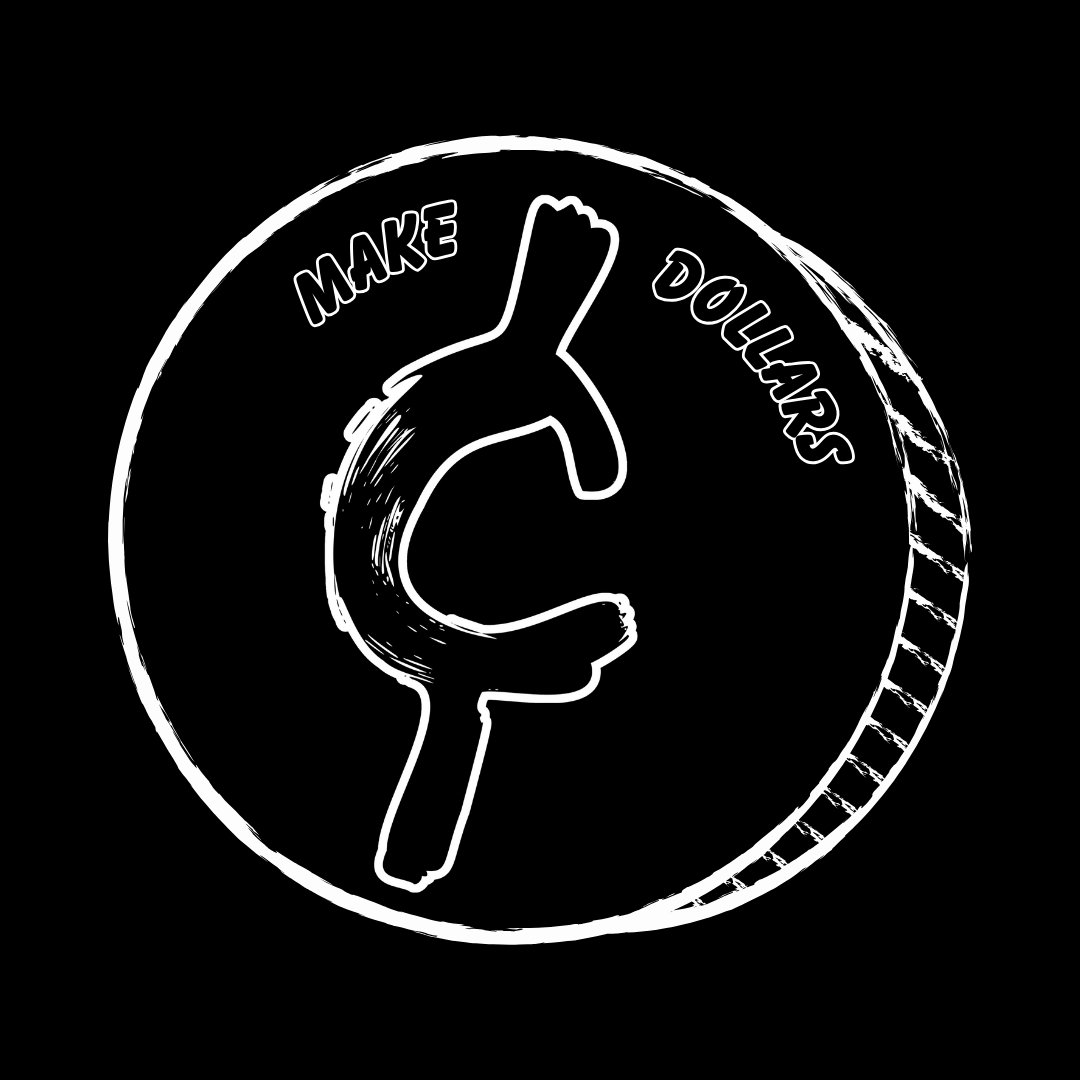Best U.S. Coins Collections to Start On a Budget
Starting a coin collection doesn’t have to be expensive. In fact, many of America’s most interesting coins are still affordable — often costing less than a cup of coffee. Whether you’re a beginner looking to build your first album or a casual collector hoping to learn the ropes, these coins offer history, design, and fun without breaking the bank.
Why Budget Collecting Works
Coin collecting is as much about the story as the price tag.
While rare key dates can sell for thousands, most U.S. coins were produced in the millions — and those are perfect for learning, trading, and experimenting with storage or grading.
A good starter collection focuses on:
Low-cost series with lots of variety
Readily available coins from circulation or rolls
Visually appealing designs that make collecting enjoyable
1. Lincoln Cents (1909–Present)
Perhaps the most popular series in U.S. history, the Lincoln cent is the perfect entry point.
You can still find Wheat Cents (1909–1958) in circulation and coin rolls today, and many post-1959 Memorial and Shield cents are inexpensive to collect by year and mint mark.
Why they’re great:
Extremely affordable (many under $1)
Easy to find and sort by design
Ideal for learning about mint marks and varieties
Pro Tip: Look for small die variations like the 1955 doubled die or 1972 doubled die cent — they’re famous examples of coins worth far more than face value.
2. Jefferson Nickels (1938–Present)
Jefferson nickels are another budget-friendly series with historical appeal.
You can build a full date-and-mint set for surprisingly little money, and some World War II nickels even contain real silver!
Why they’re great:
Wartime nickels (1942–1945) are 35% silver
Fun to collect by design — especially the “Monticello” reverse
Many still found in circulation
Budget tip: Search rolls from the bank — it’s common to find pre-1960 nickels worth a small premium.
3. Roosevelt Dimes (1946–Present)
The Roosevelt dime has remained relatively unchanged for decades, making it one of the simplest and cheapest sets to complete.
Best of all, pre-1965 examples are 90% silver, so they carry real melt value.
Why they’re great:
Compact series with silver content up to 1964
Easy to upgrade as you go
Affordable even in high grades
Collecting goal: Build a full date-and-mint set in a Whitman folder — the whole set can cost under $50 (excluding silver value).
4. Washington Quarters (1932–Present)
Quarters are still among the most collected U.S. coins. The original 1932–1964 issues are 90% silver, and the later State Quarters (1999–2008) series renewed national interest in the hobby.
Why they’re great:
Tons of variety and history
Easy to find in change or rolls
Silver versions add intrinsic value
Budget version: Collect all 50 State Quarters or the newer “America the Beautiful” series — nearly every household already has some.
5. Kennedy Half Dollars (1964–Present)
Kennedy halves are affordable, nostalgic, and large — making them a collector favorite.
Although rarely seen in circulation today, they’re still struck for collectors and are easy to find in rolls or proof sets.
Why they’re great:
Larger size shows off details beautifully
1964 halves are 90% silver; 1965–1970 are 40%
Great for learning about silver melt values
Pro Tip: Ask your bank for half-dollar rolls — you’d be surprised how many silver ones still show up.
6. Eisenhower Dollars (1971–1978)
The “Ike Dollar” is a fun short series that bridges the gap between circulation and modern commemorative coinage.
Most are copper-nickel, but special collector issues are 40% silver.
Why they’re great:
Bold, classic design
Easy to complete the full set
Affordable even in high grades
Budget bonus: Many 40% silver Ikes are available for just a few dollars over melt value.
7. Modern Commemoratives & Proof Sets
Modern commemorative coins (post-1982) and annual proof sets offer stunning designs at reasonable prices. They’re ideal if you like artistry and variety.
Why they’re great:
Official U.S. Mint issues
Often include silver content or limited mintages
Beautiful display pieces
Tip: Buy directly from the U.S. Mint or reputable dealers — prices on the secondary market fluctuate.
How to Stay on Budget
Set collecting goals — focus on one denomination at a time.
Buy bulk rolls or starter sets instead of single pieces.
Use online tools like coincollectingtools.com to track dates, mints, and estimated values.
Trade with other collectors instead of buying everything outright.
Final Thoughts
You don’t need deep pockets to build a meaningful coin collection.
Some of the most rewarding sets start with pocket change, and the knowledge you gain early on will make you a smarter collector later.
Start small, learn as you go, and remember — the value of a collection isn’t just in the coins, but in the stories they tell.
